Is Purchasing A Pearl Engagement Ring A Wise Choice?

Engagement rings are not just part of a tradition that has been passed down for generations. They're also symbolic of an important occasion in a person's life. In many parts of the world, there's a traditional misconception that engagement rings should be diamonds. However, considering a pearl engagement ring other than gemstones for your engagement can be a wiser choice! Pearls are a trendy choice for engagement rings. They are timeless, feminine, and iconic jewels that appeal to women worldwide.
Opting for a Pearl engagement ring
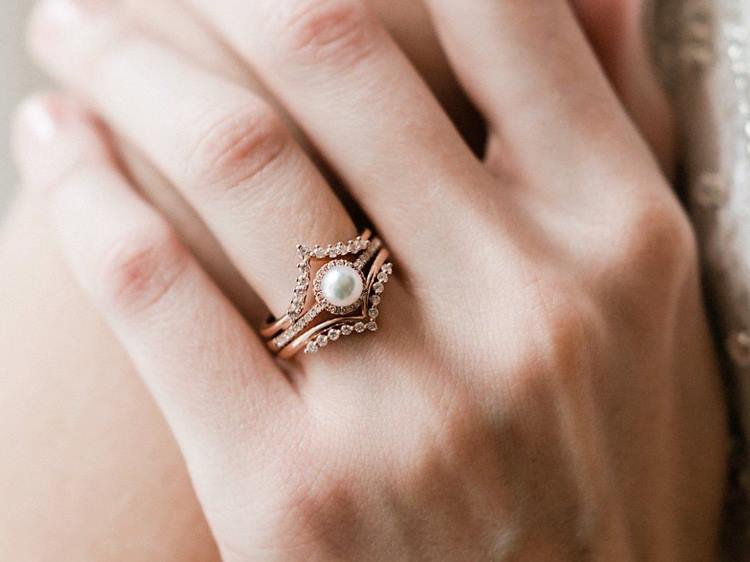
When purchasing an engagement ring, pearls are often overlooked in favor of traditional options like diamonds. However, there are several reasons why pearls are a wiser choice for your engagement ceremony. Here are a few reasons to buy a pearl engagement ring:
Pearls are more affordable than diamonds.
Pearl in an engagement ring is both a beautiful and unique option to opt for, and especially, it doesn't break the bank. As they are available in various carats, buying diamonds can be risky and expensive, and sometimes one can't make a difference between synthesized diamonds and natural diamonds. In such cases, pearl engagement rings are the best choice that one can make. As they are within budget and they are equally lustrous and beautiful.
Pearls are unique and rarer than diamonds.
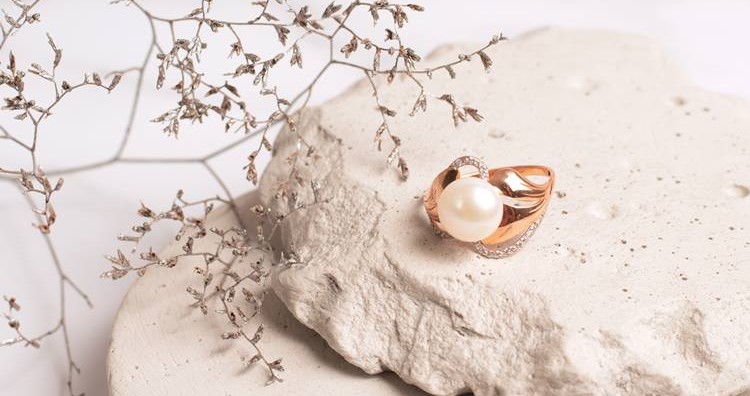
Pearls are much rarer than diamonds. This means that they will hold their value much better over time. So if you ever need to sell your ring or trade it in for a new one, you can be sure you'll get a reasonable price.
Pearls symbolize purity and innocence.
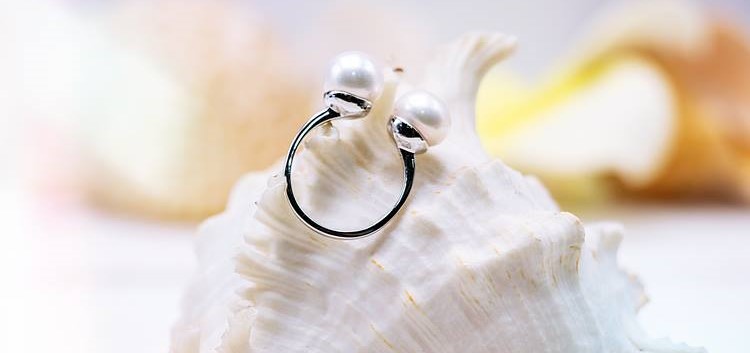
Pearls symbolize purity and innocence. This makes them the perfect choice for an engagement ring, which represents the beginning of a lifelong commitment. They are the oldest crystals that have been discovered. Because of their unique qualities, they have always been regarded as being extremely valuable and, as such, are objects of admiration and a symbol of wealth and eminence.
Pearls are classic and timeless.
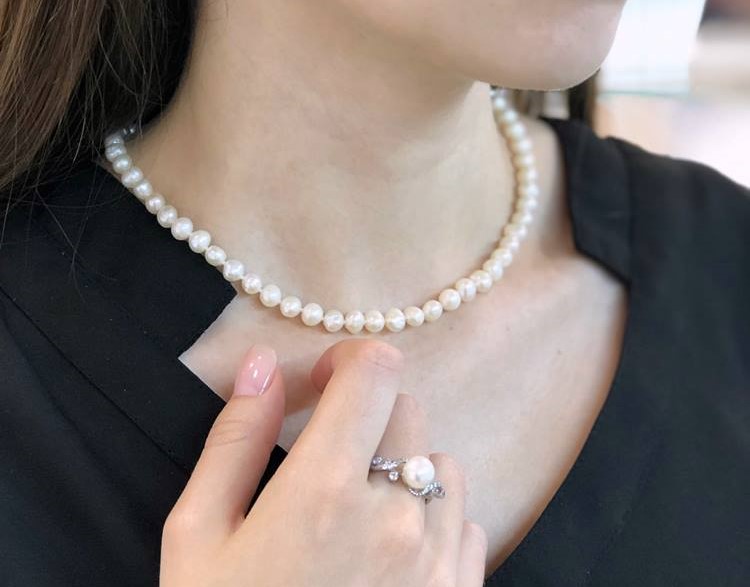
Pearl jewelry has long been a classic in women's jewelry collections and represents elegance. The classic has, nevertheless, evolved with each generation. Pearls can be worn by ladies of any age and for any event without appearing stuffy or stiff.
History of Pearl Engagement Rings
Since pearls were found long before history, it isn't easy to pinpoint when or where they were found. Thanks to a piece of pearl jewelry discovered in the coffin of a Persian princess from 420 BC, which is now on display at the Louvre museum in Paris. It is revealed that they have been used as a kind of jewelry for millennia.
A precious gift to Chinese rulers
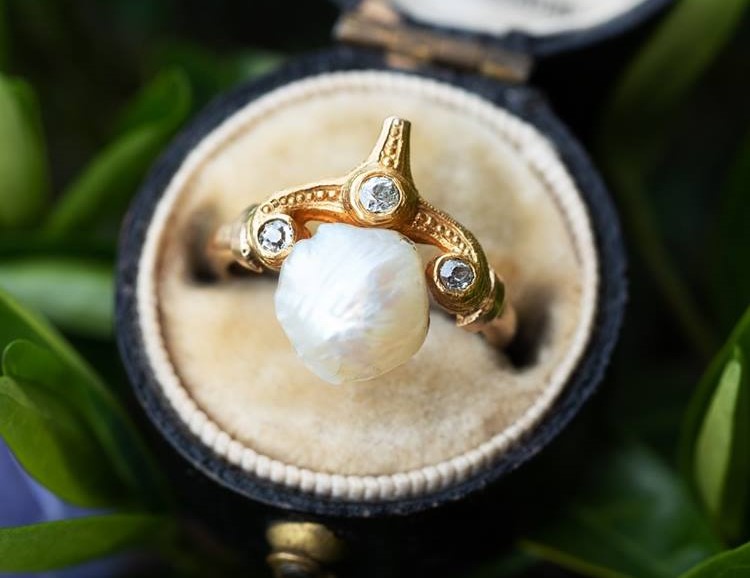
As early as 2300 BC, pearls were given as gifts to Chinese rulers, and in ancient Rome, pearl jewelry was regarded as the pinnacle of prestige. Because pearls were so expensive, only members of the aristocracy were allowed to wear them under a law that Julius Caesar issued in the first century BC.
Source of strength
The Romans thought pearls were a source of strength and were connected to the moon. Early Christians saw pearls as representations of innocence and purity. Because pearls were so expensive in medieval Europe, only those of a particular social position could wear them. Pearls served as the crown jewels of numerous ancient cultures.
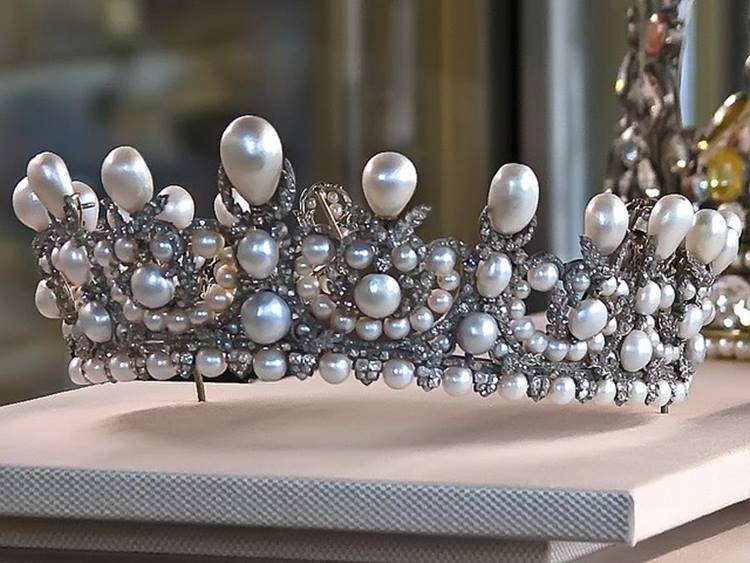
Most Coveted gems
Until the 19th century, in Europe and America, pearls were a common option for engagement and wedding jewelry since they were one of the most coveted gems. Early wedding bands were used as engagement rings. From the Renaissance to the Victorian era, pearls were frequently used in European betrothal rings. In the Medieval and Renaissance ages, wedding bands could be exceedingly expensive.
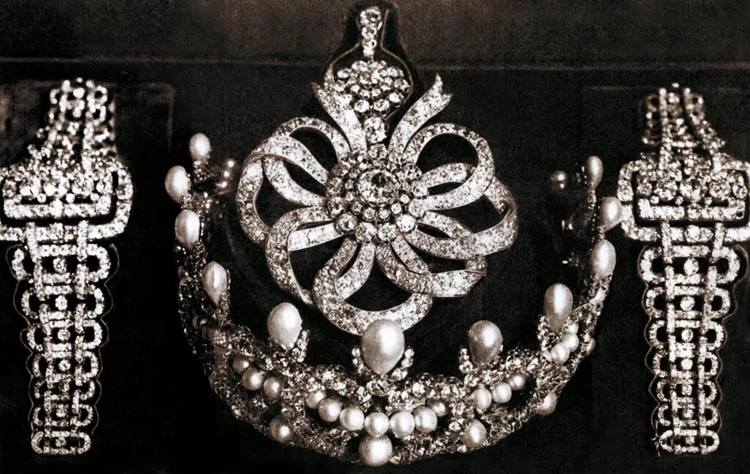
Glorious Arco Valley Pearl gifted to Mongolian ruler
Pearls have traditionally been given as presents. The spectacular Arco Valley Pearl, which is more than three inches long and weighs 575 carats, is said to have been given to Mongolian ruler Kublai Khan by 13th-century traveler Marco Polo (the pearl was auctioned off in Abu Dhabi in 2007, and its whereabouts are unknown). Prince Phillip II of Spain gave his wife Mary a renowned pearl, La Peregrina, in the sixteenth century. Several royals owned the white, pear-shaped saltwater pearl known as La Peregrina before actor Richard Burton gave it to his jewelry-obsessed wife, Elizabeth Taylor, in the 1960s. Taylor commissioned a pearl and ruby necklace to highlight La Peregian.
Your Pearl Engagement Ring Style Options
Pearls can be used in various engagement ring styles, including vintage, classic, and modern.
Natural Diamond Pearl Engagement Ring: If you think She is a minimalist bride, then this ring will be a perfect choice for her. A giant natural pearl is prominently displayed in this piece, yet it is balanced out by a tiny diamond that is bezel-set.
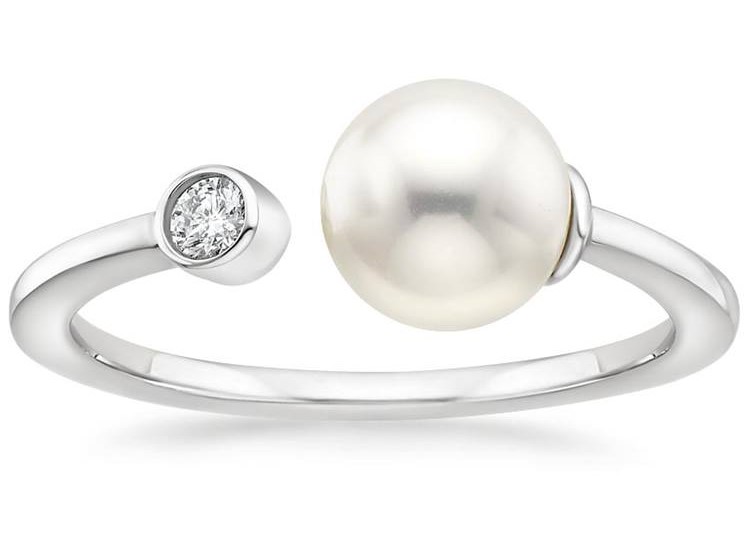
Kataoka Winter Pearl Ring: Popularized by Emma Stone when she wore it on her finger. Her husband, Dave McCary, also popped the question to the actress with this stunning pearl ring that resembled a snowflake.
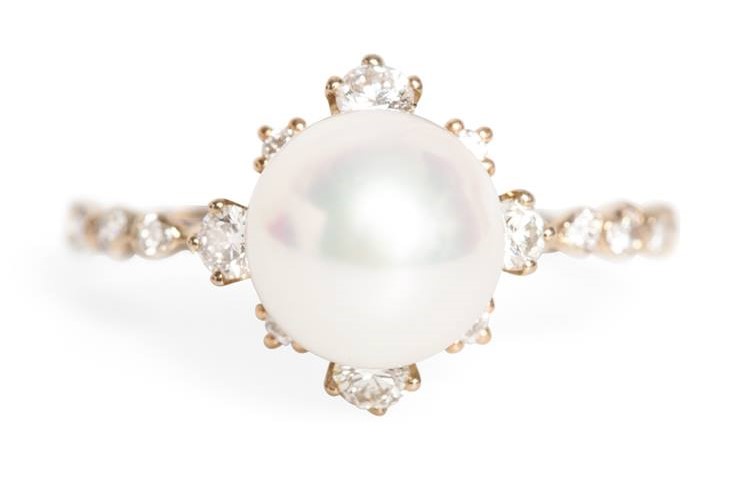
Tiffany South Sea Noble Pearl Ring is the best choice for a typical classic bride. The button-shaped South Sea pearl is prominently shown since it is set in platinum and encircled by a halo of brilliant round diamonds.
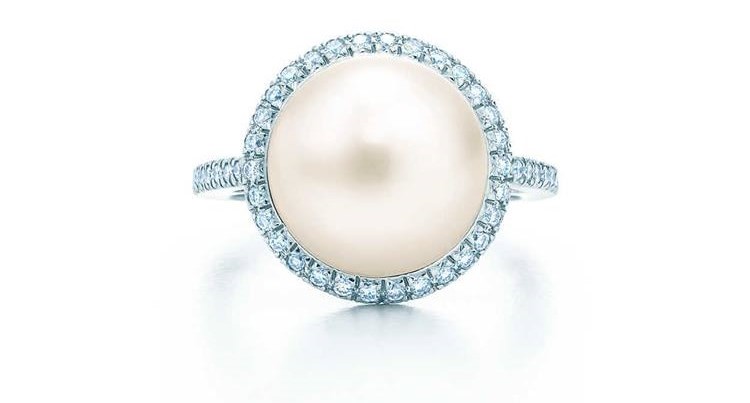
Kay Jewelers Cultured Pearl Ring With Diamonds: Turn to this white gold band from Kay Jewelers if you want a three-stone engagement ring but aren't content with diamonds (a la Meghan Markle). Small diamond embellishments offer a little glitter, and the trio of cultured pearls is very unexpected.
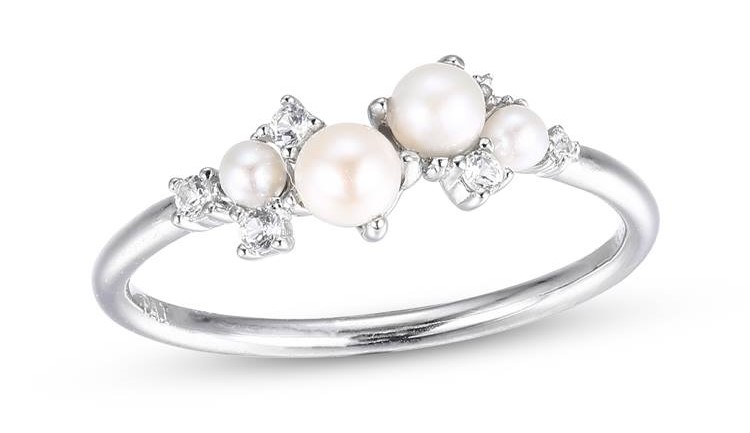
M Collection Akoya Cultured Pearl Ring: This Mikimoto ring features an 8.5mm Akoya cultured pearl and an 18K polished white gold band. It was designed to resemble the letter M., But there is more to this masterpiece than meets the eye: if you look closely, you can see tiny diamonds perched atop the prongs.
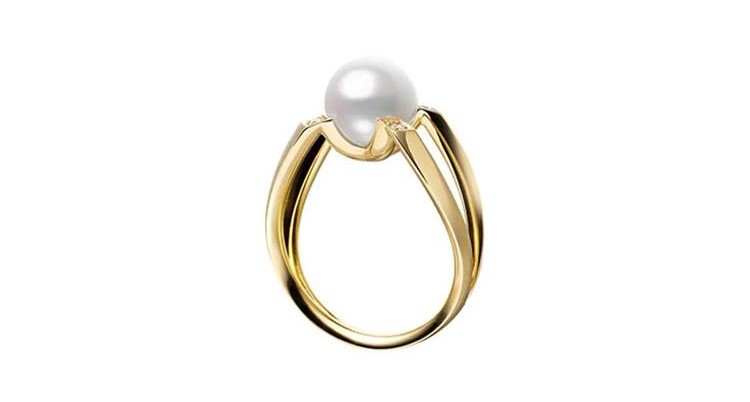
Know How to find the perfect pearl ring for you!
When choosing a jewelry design, you must decide between drilled and undrilled pearls. Pearls are often set by jewelers drilling through one or both ends. The jeweler typically inserts a needle coated in glue into the drill hole to place a pearl in the ring. The pearl should be stable and not spin or fall out while the glue dries.
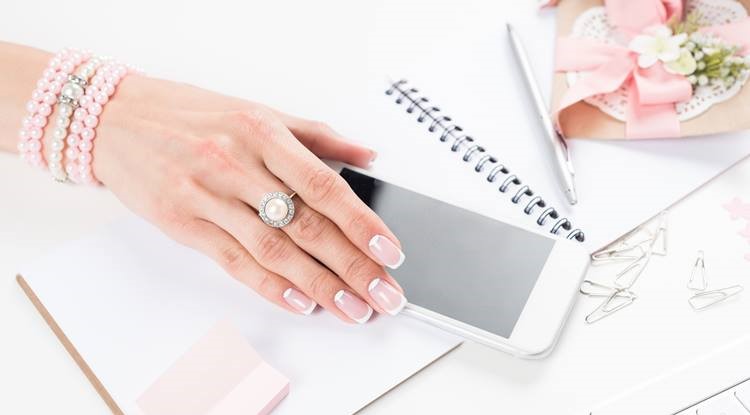
Only pearls of inferior grade are typically offered drilled and in strands since holes can be utilized to correct small flaws. The best pearls are offered loose and undrilled for sale. Undrilled pearls are more expensive than drilled pearls.
Pearls can undergo various treatments and improvements, just like many gemstones. Some might enhance a pearl's aesthetic magnificence, while others might fade off or have unanticipated, ugly side effects.
Freshwater pearls are occasionally colored to provide a wide range of hues. Usually, producers will do this to pearls of poorer quality. Unless the dyed color is very subtle, pearls that have been dyed will look artificial. Dye concentrates are simple to detect.
Imitation Pearls
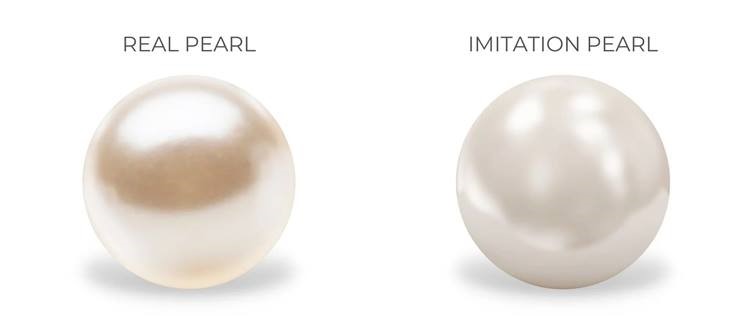
Pieces designed to mimic or resemble real pearls are imitation, faux, or fake. As pearl imitators, plastic or glass objects are frequently covered in iridescent paint.
Too much perfection is a surefire way to spot a phony. Except for the best pearls, all pearls will have slight surface defects. Cultured pearls will appear to have translucent rippling layers stacked on top of one another under a loupe or microscope. Strong light coming from the side of the pearl will make this the easiest to view. Nacre layers naturally occur in such rippling layers.
Cultured Pearls are Not Fakes
Please remember that cultured pearls are real pearls. Living things create cultured pearls similarly to how they do in nature but under human control. Both natural and cultured pearls are fundamentally lustrous balls of nacre, even though natural pearls are significantly more valuable and prestigious. However, it isn't ethical to artificially market pearls as natural. Purchaser beware Again, the majority of pearls sold today are cultivated.


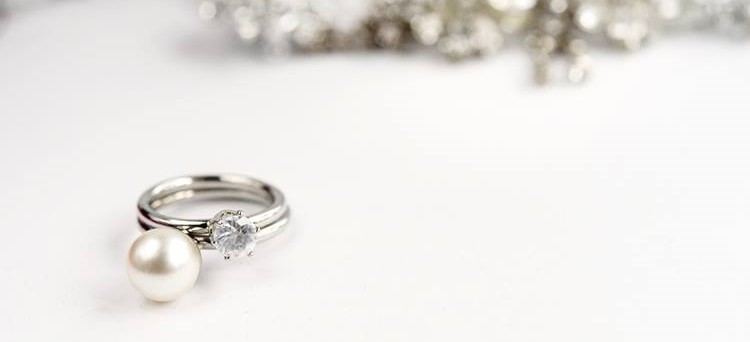
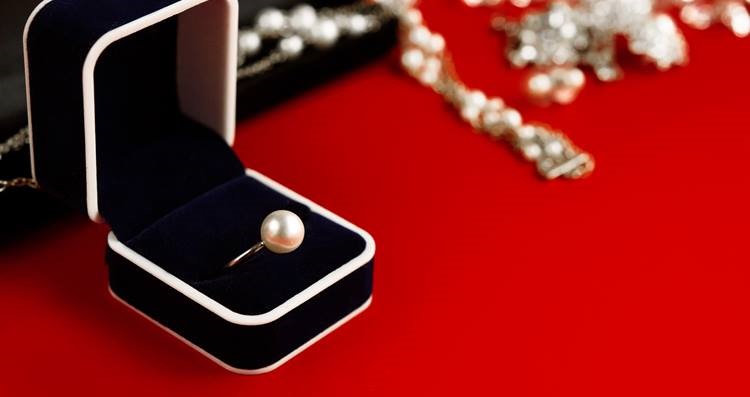
Leave a Comment